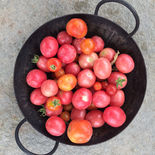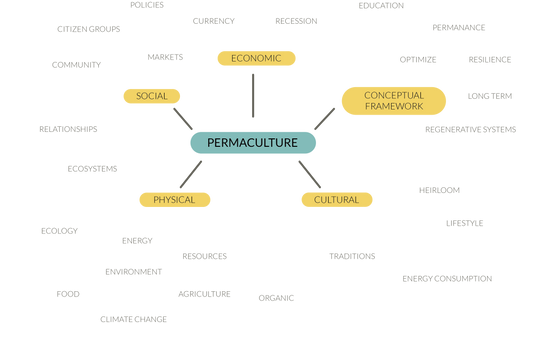
URBAN FOOD ECOLOGY
How might we bring
urban dwellers closer to nature?
Using food as a tool to strengthen the relationship between humans and nature
Background
Urban lifestyle is disconnected from nature. Children growing up in urban areas often don’t know where their food comes from.
This was not always the case. People used to be heavily involved in their food system. However, the conventional food system is facing numerous problems. These include environmental, social, and ethical issues. between humans and nature.


Project approach
I did a deep-dive into the topics that were most relevant to the current food system and tried to get an overall understanding of the problems. I narrowed down the scope towards using permaculture principles to bring humans closer to nature. This was followed by a deep dive into permaculture and finding key insights which could be used in the urban setting to come up with solutions.

DISCOVER
I conducted primary and secondary research to gain an understanding of the current food system and its problems.
Learnings were drawn from four main directions: Food, Future scenarios and Sustainability.

Research Insights
DEFINE

Permaculture was recognized as a systemic solution to be explored. To develop a comprehensive understanding of Permaculture as a potential systemic solution, I took a proactive approach and completed the Permaculture Design Course. Additionally, I volunteered at a Permaculture farm to gain firsthand experience and insights into the system. The knowledge and insights gathered from the course and volunteering were then synthesized and adapted to suit urban settings, forming the foundation of the subsequent design phase.

Permaculture
Permaculture is a system of agricultural and social design principles centered on simulating or directly utilizing the patterns and features observed in natural ecosystems. The goal of permaculture is to create sustainable and self-sufficient human settlements and agricultural systems that integrate harmoniously with the surrounding environment. Permaculture aims to minimize waste, human labor, and energy input by creating closed-loop systems where each element serves multiple functions and outputs feed into other components of the system.
Systems mapping
All the information gathered during the research phase was mapped out. This helped in visualizing the data, making it easier to comprehend the problems within the system and finding potential solutions.


DEVELOP
During the develop stage, multiple ideas were generated and prototyped. To streamline the process, I created a mapping of the ideas and identified their potential to be integrated under the umbrella of a food lab. This enabled me to converge on cohesive solutions that addressed the identified problem.

DELIVER
The outcome of this project was the a range of solutions and ideas for addressing the problems facing the current food system and improving the relationship between humans and nature through permaculture. These included, designing a business model to address urban food problems and increase involvement in the food system through permaculture, collaborating with Active Hands to design a Children's Growing Kit and participating in the Open IDEO: Food Systems Game Changers Lab
Nomnom Digital Food Lab
I tested a digital prototype of the Food Lab solution online, and created an Instagram page to share insights about the food. I submitted this solution to the Open IDEO application for further development.











